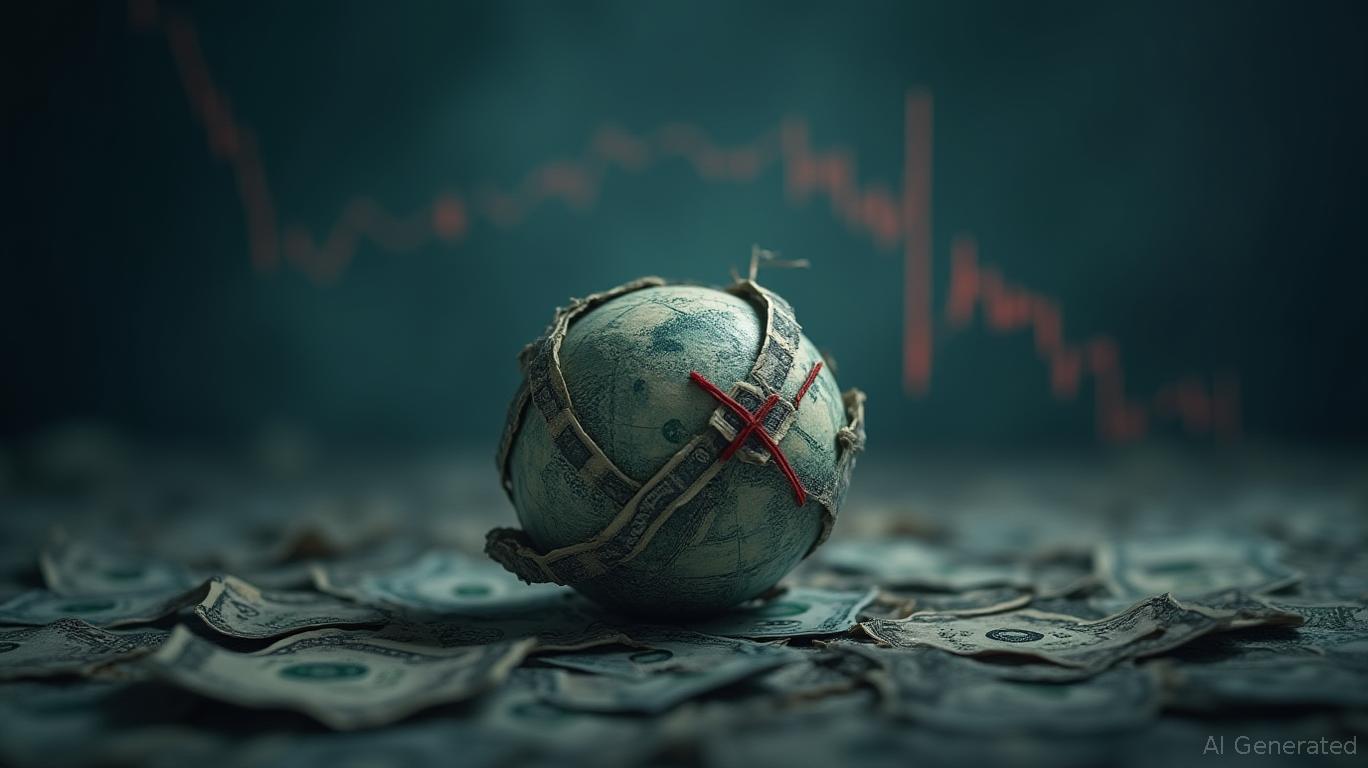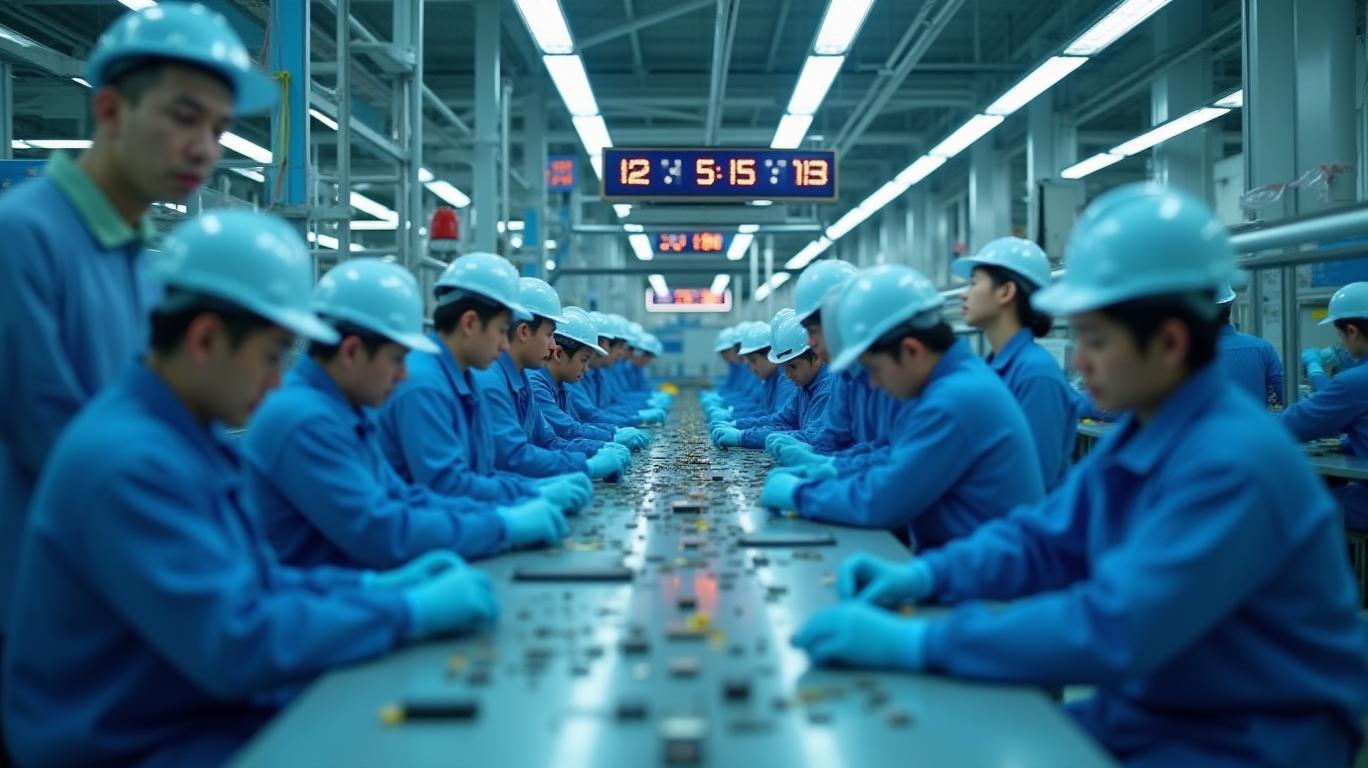Smartphone Tariffs Loom: A Race Against Time to Buy Before Prices Soar
Byline: The window to purchase a new smartphone at current prices is closing—experts warn that tariffs could force a 2025 price spike of 30–40%, making this summer a critical moment for consumers and investors alike.
The Clock Is Ticking on Smartphone Prices
Retail analysts are issuing a stark warning: if you’ve been waiting to upgrade your smartphone, now is the time to act. “The math is clear: waiting until 2025 could cost you hundreds of dollars,” says retail strategist Neale Mahoney, citing looming tariffs and supply chain bottlenecks. The urgency stems from a perfect storm of trade policies and geopolitical tensions that could reshape the tech sector—and consumer wallets—by early 2025.
At the heart of the issue are U.S. tariffs on Chinese imports, which have been temporarily exempted for key electronics. But exemptions for smartphones and components are far from permanent. A White House review of semiconductor tariffs under Section 232—a “national security” probe—threatens to reinstate 20% duties on chips, the lifeblood of every smartphone.

The Tariff Trap: How Prices Could Skyrocket
Current exemptions have shielded tech giants like Apple (AAPL) and Samsung (SSNJF) from immediate cost pressures. But analysts at Rosenblatt Securities project that without lasting exemptions, tariffs could inflate smartphone prices dramatically by 2025:
- The iPhone 16 could jump from $799 to $1,142.
- The iPhone 16 Pro Max might rise from $1,599 to $2,300.
- Even budget models like the Google Pixel 9A could see hikes from $500 to $856.
These estimates assume a worst-case scenario where tariffs on semiconductors and rare earth metals—critical for displays and processors—take full effect. China’s threat to restrict exports of rare earths, used in 90% of global electronics, adds another layer of risk.
Supply Chain Time Bombs
The timeline for a price surge is already in motion. Apple’s U.S. iPhone inventory, for instance, is projected to last only six weeks. Once depleted, tariffs on imported components will force Apple to either absorb costs (unlikely) or pass them to consumers.
Semiconductors, which account for 30% of a smartphone’s cost, are particularly vulnerable. Taiwan Semiconductor Manufacturing Company (TSMC), the world’s largest chipmaker, faces potential tariffs under Section 232. Analysts at Wedbush estimate that even a 10% tariff on chips would add $50–$100 to flagship phone prices.
Consumer Strategies: Buy Now or Wait?
Experts are split. Financial planner Stephan Shipe advises: “If you need a high-end device like the iPhone Pro Max, buy it now. Post-2025, you’ll pay a premium.” But others caution against panic purchases.
- Hold the Line: CNET’s Patrick Holland urges consumers to delay non-essential buys. “No mainstream phone is ‘made in the U.S.—so tariffs will hit all brands equally. If your current phone works, keep it.”
- Budget Safeguards: The $500 Google Pixel 8A is highlighted as a cost-effective option, though future models face uncertainty.
Investment Implications: Winners and Losers
For investors, the tariff battle presents both risks and opportunities.
- Tech Giants at Risk:
- Apple (AAPL) and Samsung (SSNJF) face direct pressure from component tariffs. A 20% tariff on semiconductors would cut iPhone margins by 5–7%, according to Rosenblatt.
- AAPL Market Cap, P/E(TTM)...
Semiconductor Plays:
Companies like TSMC (TSM) and Intel (INTC) could see volatility. TSMC’s stock dropped 8% in 2023 on tariff fears but rebounded as exemptions were extended.
U.S. Manufacturing Plays:
Firms investing in domestic chip factories, like Intel’s Ohio plant, may benefit long-term.
Rare Earth Alternatives:
- Companies with access to non-Chinese rare earth supplies, such as MP Materials (MP), could see demand surge.
Conclusion: A New Era of Tech Costs
The writing is on the wall: smartphones are unlikely to stay affordable in 2025. With tariffs, supply chain fragility, and inflation converging, the average price of a flagship phone could rise by 40% or more.
For investors, the path forward is clear:
- Short-term: Focus on companies insulated from tariffs, like domestic chipmakers.
- Long-term: Bet on firms accelerating U.S. manufacturing or securing alternative supply chains.
The data underscores the urgency. In 2023, washing machine tariffs caused dryer prices to jump 15%—a preview of what’s to come. As Marc Beresford of Stanford warns, “We’re heading toward a new equilibrium where tech prices permanently reflect geopolitical risks.”
In short: buy that smartphone now—or brace for sticker shock by 2025.


_442a2dcc1749832873286.jpeg)
_e68fac6d1749831664430.jpeg)






